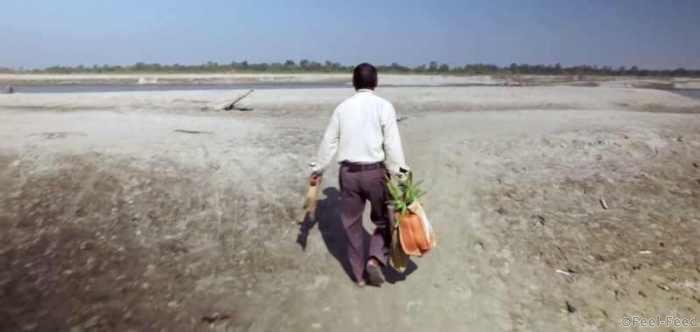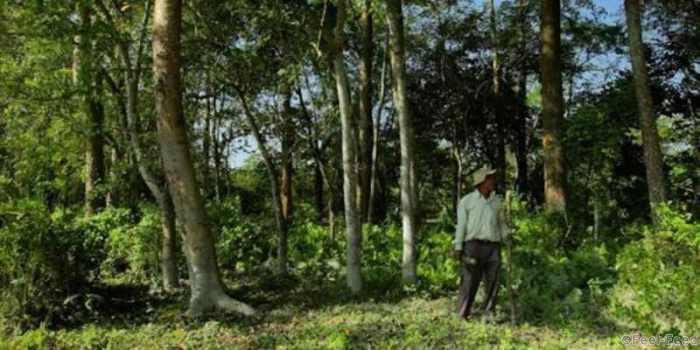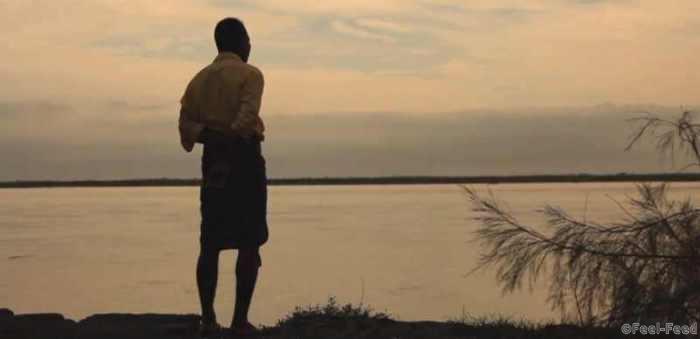In 1979 in India, a flood occurred on a sand spit near the village of Johat, 350 kilometres from Guwahati, during which a fairly large number of snakes were washed away. When the water receded, all the snakes died. Jadavu Payengu, 16, who watched this natural disaster unfold before his eyes, decided that he would definitely grow a real forest in this area.

Jadav was shocked by the death of the reptiles and realised that if there were trees growing on the riverbank, it would be livable. A plan matured in the then teenager’s mind, which he shared with the authorities. But they told him that his idea was doomed to failure because nothing would grow on a deserted riverbank.
But that didn’t stop Payeng, so he decided to do it himself. The elders advised him to first plant 20 bamboo saplings and see if they would take root on the deserted shore. Surprisingly, the bamboo sprouted, took root and grew green. Jadhav optimistically took up the task.

A few months passed and it became evident that the trees could grow on such soils. This prompted the authorities to reconsider their decision and develop a plan to plant 200 hectares of forest on the riverbank. Jadav not only developed the plan himself, but also assisted the foresters in implementing the plan, and then decided to stay living in the forest to monitor the growth of the trees and to continue planting new desert areas.

Thanks to the efforts of this man in love with his idea, today a forest of over 6 square kilometres is growing on the banks of a once-deserted river, with more than 1,000 species of plants and trees. But most importantly, the land that 30 years ago killed the snakes that came ashore has become home to a huge number of animals, including elephants, tigers and rhinos. This forest has become a veritable sanctuary.

But there was a problem – local farmers rebelled and threatened to cut down the forest because the elephants living in it were trampling their rice fields. But Payeng said that if they wanted to do that, they would have to kill him first. The conflict was fortunately resolved. The farmers agreed that a forest near their home was much better than a desert.
5
Payeng himself did not seek to appear in public for many years. He lived an ordinary life, caring for the forest and its inhabitants, planting new areas wherever possible. His work came to light in 2008, when ecologists began searching for a herd of 115 elephants that had disappeared. It turned out that they had migrated to the Payenga forest from the reserve and hid there from prying eyes. The ecologists found the elephants quickly enough, but the scientists were amazed by the fauna and flora of the new forest. The experience of Payeng was adopted by landscaping specialists, and the forest was immediately given the status of a reserve.

Jadav has since become a star among his fellow villagers, who call him ‘the guardian of the forest’. Rayeng himself does not consider himself a celebrity, continuing to live his normal forest life with his wife and three children in a makeshift hut.






















